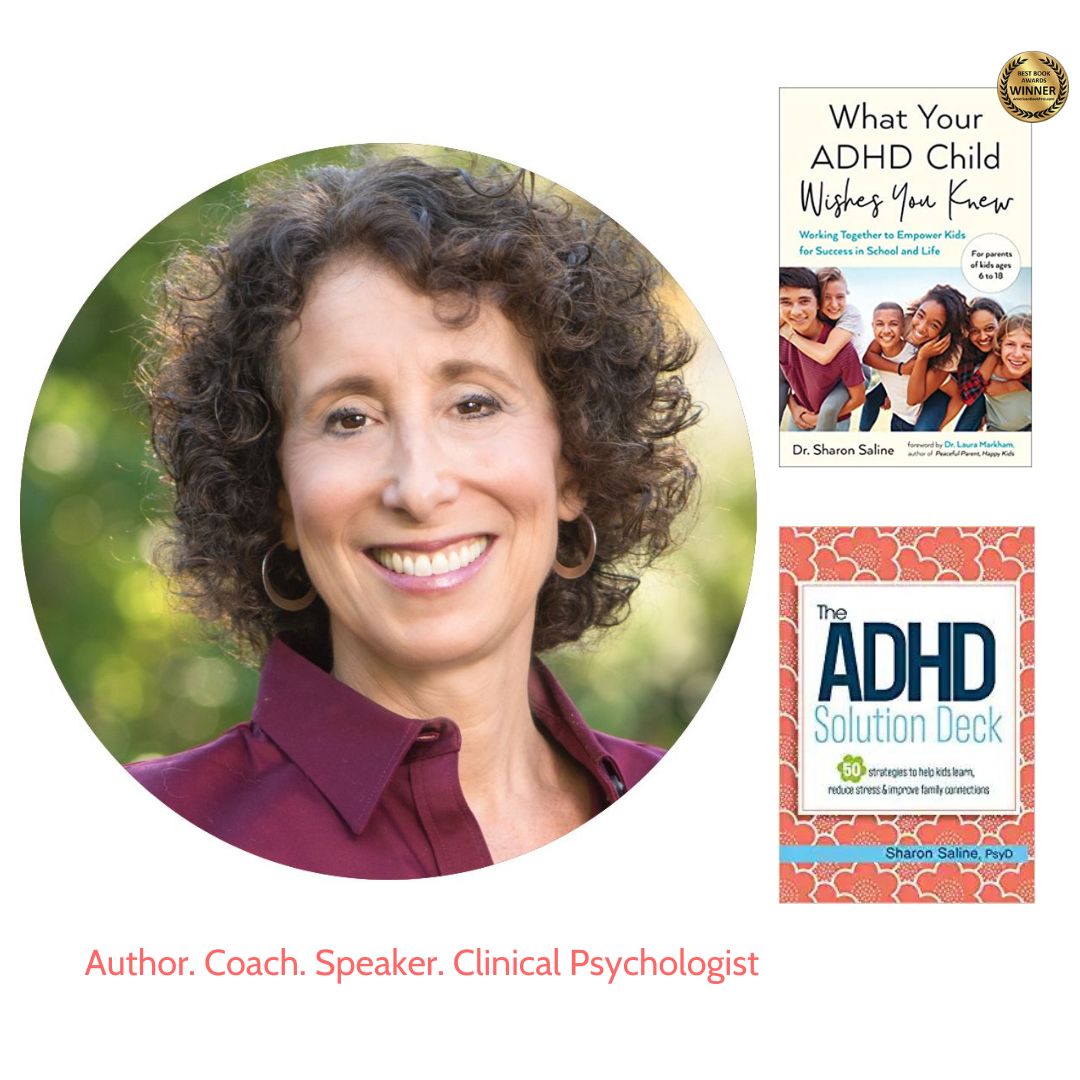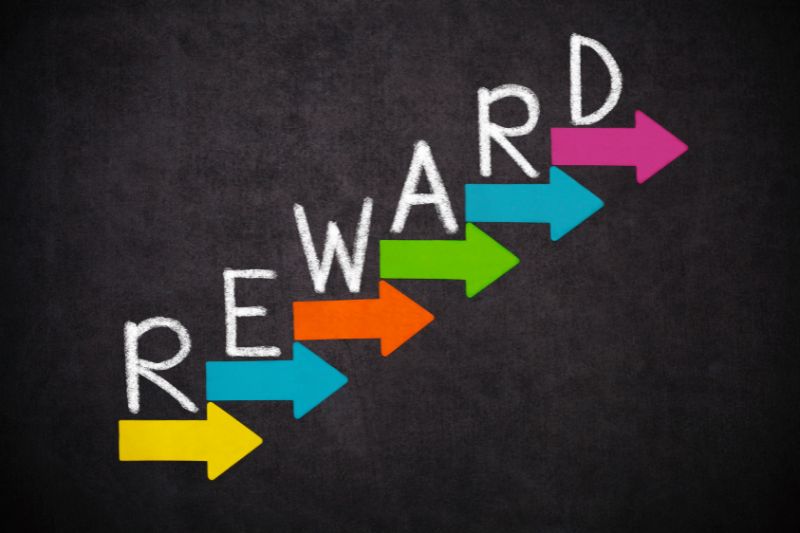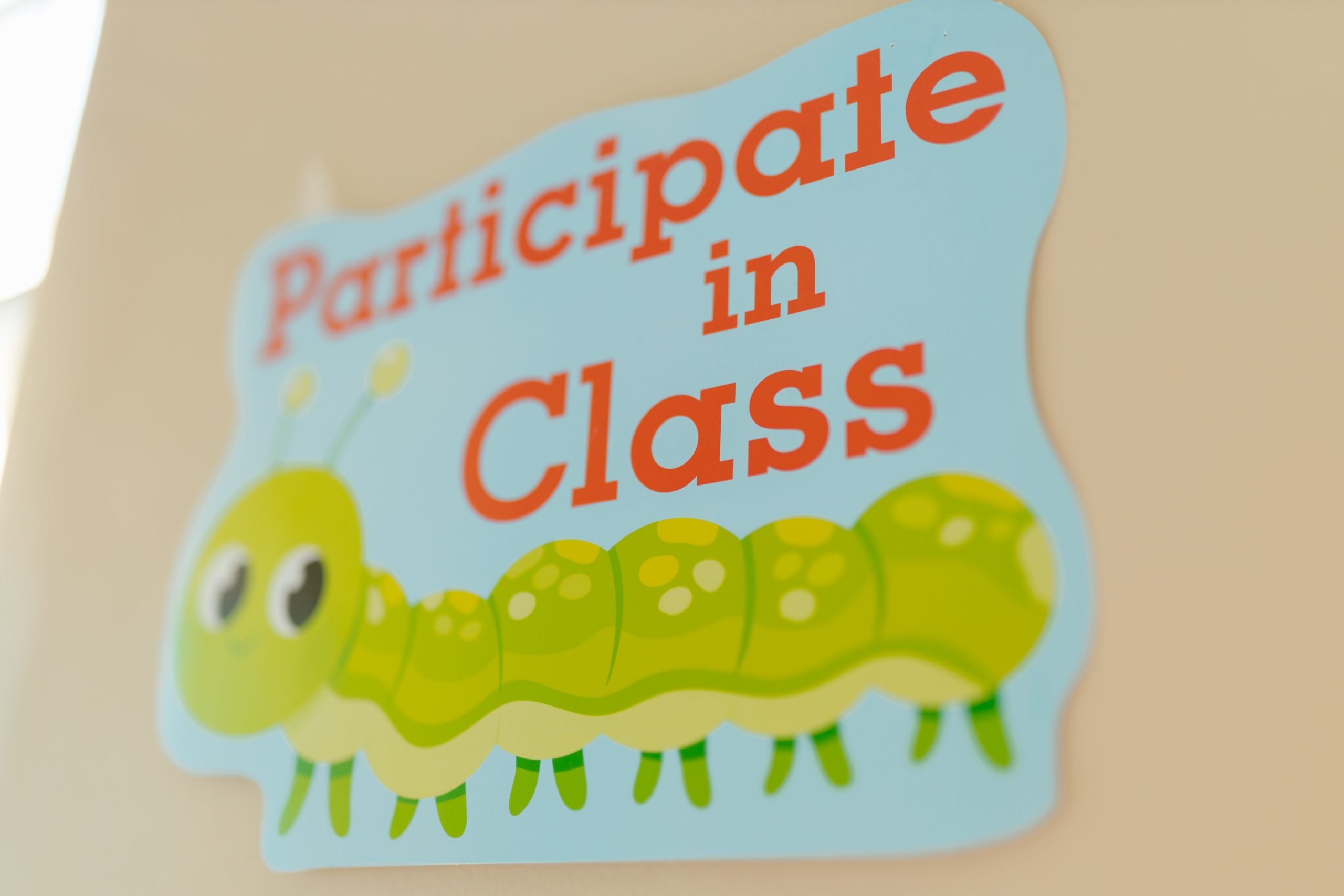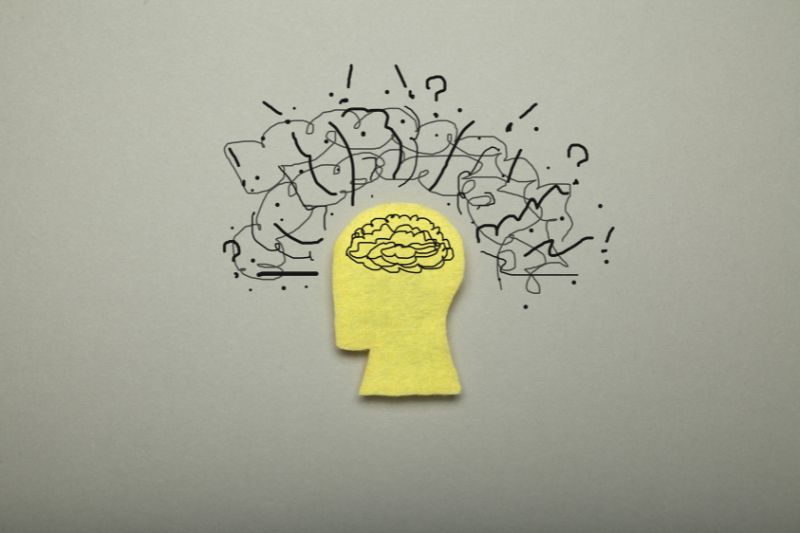. Can you relate to this scenario? You’re in the kitchen at 6 p.m. trying to prepare dinner while talking on the phone using your earpods and looking at texts periodically when a notification appears. Meanwhile, your teenage son watches television while doing math homework and checking Facebook. At this moment, you are all being hijacked by your devices into thinking all these tasks can be done simultaneously. However, your brains are not fooled. Multitasking doesn’t exist in the brain, and the myth that we can do multiple things simultaneously is untrue. Multitasking, especially involving technology, slows productivity, changes how we absorb information, and can increase superficiality in social relationships.
Can you relate to this scenario? You’re in the kitchen at 6 p.m. trying to prepare dinner while talking on the phone using your earpods and looking at texts periodically when a notification appears. Meanwhile, your teenage son watches television while doing math homework and checking Facebook. At this moment, you are all being hijacked by your devices into thinking all these tasks can be done simultaneously. However, your brains are not fooled. Multitasking doesn’t exist in the brain, and the myth that we can do multiple things simultaneously is untrue. Multitasking, especially involving technology, slows productivity, changes how we absorb information, and can increase superficiality in social relationships.
The Effects of Multitasking
 When we multitask, we are simply splitting our attention. Each time we switch from one task to another, we’re not concentrating on either charge, and our body needs a mental warm-up to resume the suspended task. In addition, while multitasking, our bodies become over-activated and addicted to constant stimulation, our stress hormones rise with every text or email alert, exhaust the connections between different parts of our brain and increase our susceptibility to illness, accidents, and inattentiveness. Dr. Daniel Goleman (2013) wrote in his book, Focus that it can take anywhere from ten to fifteen minutes to regain complete focus from these regular disruptions. Efficiency goes down—productivity decreases. You likely get less done in all areas and probably feel more depleted. A recent study in the Nature journal found that heavier media multitasking is associated with a higher tendency to have attention lapses and forget things. For adults with ADHD who already struggle with working memory and processing speed issues, media multitasking can have serious, if not dire, consequences. Media multitasking is part of the new ‘normal’ today. It is no longer considered rude to turn our attention away from someone we are talking to and respond to a cell phone call. Or to participate in a meeting and be engaged in other tabs or emailing someone simultaneously. We have “novelty detectors” in our brains that activate each time these technology devices “ping.” This activation occurs in the brain’s dopamine pathway, which manages pleasure, attention, and addiction. These pings, deliver messages that we want to hear. But also pulls on our attention becoming an addiction for us.
When we multitask, we are simply splitting our attention. Each time we switch from one task to another, we’re not concentrating on either charge, and our body needs a mental warm-up to resume the suspended task. In addition, while multitasking, our bodies become over-activated and addicted to constant stimulation, our stress hormones rise with every text or email alert, exhaust the connections between different parts of our brain and increase our susceptibility to illness, accidents, and inattentiveness. Dr. Daniel Goleman (2013) wrote in his book, Focus that it can take anywhere from ten to fifteen minutes to regain complete focus from these regular disruptions. Efficiency goes down—productivity decreases. You likely get less done in all areas and probably feel more depleted. A recent study in the Nature journal found that heavier media multitasking is associated with a higher tendency to have attention lapses and forget things. For adults with ADHD who already struggle with working memory and processing speed issues, media multitasking can have serious, if not dire, consequences. Media multitasking is part of the new ‘normal’ today. It is no longer considered rude to turn our attention away from someone we are talking to and respond to a cell phone call. Or to participate in a meeting and be engaged in other tabs or emailing someone simultaneously. We have “novelty detectors” in our brains that activate each time these technology devices “ping.” This activation occurs in the brain’s dopamine pathway, which manages pleasure, attention, and addiction. These pings, deliver messages that we want to hear. But also pulls on our attention becoming an addiction for us.
Sensory Overload in ADHD Brains
 ADHD brains, already taxed by executive functioning challenges and prone to seeking out high dopamine activities, are biologically primed for the increased adrenaline and cortisol these notifications deliver. Does this mean you shouldn’t listen to music while you work on a project or rely on brown noise to soothe the buzzing in your head? No. I’m talking about the process of switching back and forth from tab to tab, from device to device, and from one sensory overload to another. These patterns overwhelm all brains but particularly those that are neurodivergent.
ADHD brains, already taxed by executive functioning challenges and prone to seeking out high dopamine activities, are biologically primed for the increased adrenaline and cortisol these notifications deliver. Does this mean you shouldn’t listen to music while you work on a project or rely on brown noise to soothe the buzzing in your head? No. I’m talking about the process of switching back and forth from tab to tab, from device to device, and from one sensory overload to another. These patterns overwhelm all brains but particularly those that are neurodivergent.
Opt for a Single Task
 What can we do about this unhealthy trend that promotes disconnection from ourselves and each other? Opt for single-tasking as often as possible. I struggle with this. Like you, I’ve got a lot to do each day. It’s easier if I talk on the phone when I walk my dog or create a presentation while checking my email every hour so it doesn’t accumulate. But I’m simply shredding my attention when I do this because I’m not present for either task. I can feel the stress increase. Can you? It feels like a bad habit I need to stop, but sometimes I just can’t. Recently, I spent a Saturday at a writing workshop. I intentionally closed all of my Google Drive tabs except those on my Google drive, except the ones related to the story I was working on. I turned off the ringer on my phone and checked for texts only before meals. Although it was tough initially, I soon found myself relieved and free to think only about the writing project. My shoulders relaxed, and I got a lot done. I’ve been trying to carry this forward with me since then, but it’s two steps ahead and one step back. When it works, my concentration is more substantial, and I feel calmer. You may or may not be able to eliminate your media multitasking habits, but if you can make even a tiny change, I think you’ll find a difference in your ability to perform better and feel less stressed. Here are a few suggestions for you.
What can we do about this unhealthy trend that promotes disconnection from ourselves and each other? Opt for single-tasking as often as possible. I struggle with this. Like you, I’ve got a lot to do each day. It’s easier if I talk on the phone when I walk my dog or create a presentation while checking my email every hour so it doesn’t accumulate. But I’m simply shredding my attention when I do this because I’m not present for either task. I can feel the stress increase. Can you? It feels like a bad habit I need to stop, but sometimes I just can’t. Recently, I spent a Saturday at a writing workshop. I intentionally closed all of my Google Drive tabs except those on my Google drive, except the ones related to the story I was working on. I turned off the ringer on my phone and checked for texts only before meals. Although it was tough initially, I soon found myself relieved and free to think only about the writing project. My shoulders relaxed, and I got a lot done. I’ve been trying to carry this forward with me since then, but it’s two steps ahead and one step back. When it works, my concentration is more substantial, and I feel calmer. You may or may not be able to eliminate your media multitasking habits, but if you can make even a tiny change, I think you’ll find a difference in your ability to perform better and feel less stressed. Here are a few suggestions for you.
Steps to Improve Brain Focus & Productivity
1. Make a conscious effort to do one thing at a time
This means noticing when you are multitasking and pausing to stop engaging in one of your activities. Last week I saw someone talking on his cell phone while biking- YIKESJust last week, I saw someone talking on his cell phone when he was biking–YIKES! Examples include no texting while driving (“Almost 9% of all fatalities are linked to distracted driving”) or no phones during family meals. How about using the time when you are doing chores or helping your kids with homework to connect and take a phone break? It’s not easy to do, but the pay-offs will increase sanity and calm for you, them and your household. By the way, listening to music while doing something, interestingly enough, didn’t seem to be included in the multitasking/information overload processes I read about for this blog.
2. Turn off your cell phone when you are working
 It’s one thing to listen to music and go for a run. It’s something else to receive texts or social media notifications throughout work. Your concentration and productivity gets disrupted, and the quality of your work suffers when this happens. If you are worried about missing an emergency, set a timer to check your phone regularly set a timer to check your phone at regular intervals. It’s the ping, ping, ping which activates your stress response, throws off your focus, and increases your distractibility to other interruptions. Instead, use a timer for whatever break you need between your work periods to mark its beginning and end.
It’s one thing to listen to music and go for a run. It’s something else to receive texts or social media notifications throughout work. Your concentration and productivity gets disrupted, and the quality of your work suffers when this happens. If you are worried about missing an emergency, set a timer to check your phone regularly set a timer to check your phone at regular intervals. It’s the ping, ping, ping which activates your stress response, throws off your focus, and increases your distractibility to other interruptions. Instead, use a timer for whatever break you need between your work periods to mark its beginning and end.
3. Close unnecessary tabs and create separate browsers
This is a hard one for many folks with ADHD. One idea can lead to another, and then suddenly, you have 30 (or more) tabs open. Do you feel more or less stressed when you look at the top of your screen and see all those tabs? It increases my anxiety because I’m now looking at an extensive array of things that I ‘should’ pay attention to. Ask yourself, how many open tabs can you handle without feeling overwhelmed? Once or twice a day, reduce your tabs to that number. If you are worried you will forget something important if the tab is closed, add it to a bookmarked folder. Then you can return to it later. Similarly, divide your interests into two browsers: Separating home and work stuff can lower your multitasking tendencies. When you are at work, close the other browser, opening it during breaks only with a timer to limit yourself. Remember your goal is increased productivity, not going down rabbit holes.
4. Engage in conversations when you are not distracted by your phone
 It doesn’t feel good to anybody to have someone turn their attention away from a conversation. Their phone is buzzing while you are in the middle of saying something that you think is valuable. Yes, it may be the custom now, but, each time you do this, you signal that your phone is more important. This is especially true when parents turn away from their children to their phones. It may look like multitasking, but it’s more like dismissing: you turn away from your loved one towards the digital universe. I struggle with this as a parent, and I also know how it feels as a child. When I visit my aging father (who lives several hours away) and he’s playing around with his iPad while talking to me, I feel hurt. Didn’t I just travel here to see and connect with you? Does this happen in your family or at your job? How does single-tasking, paying more attention to the conversation affect your participation? Do yourself a favor and take some time to reflect on the benefits of doing fewer things simultaneously, even if it feels strange or uncomfortable. When you set limits around multitasking, no matter how small, you will start to give your ADHD brain more time and space to process and retain information, produce a higher quality of work, and show up genuinely for colleagues, friends, and family. Model this change in behavior for your kids and stick by the guidelines that you want them to follow. As you shift your patterns, you’ll decrease information and emotional overload and build cognitive strengths like improved focus, attention, and memory. Reducing media multitasking takes practice and persistence. Throw in a bit of self-compassion because this is a daunting process. Start slowly, and don’t give up!
It doesn’t feel good to anybody to have someone turn their attention away from a conversation. Their phone is buzzing while you are in the middle of saying something that you think is valuable. Yes, it may be the custom now, but, each time you do this, you signal that your phone is more important. This is especially true when parents turn away from their children to their phones. It may look like multitasking, but it’s more like dismissing: you turn away from your loved one towards the digital universe. I struggle with this as a parent, and I also know how it feels as a child. When I visit my aging father (who lives several hours away) and he’s playing around with his iPad while talking to me, I feel hurt. Didn’t I just travel here to see and connect with you? Does this happen in your family or at your job? How does single-tasking, paying more attention to the conversation affect your participation? Do yourself a favor and take some time to reflect on the benefits of doing fewer things simultaneously, even if it feels strange or uncomfortable. When you set limits around multitasking, no matter how small, you will start to give your ADHD brain more time and space to process and retain information, produce a higher quality of work, and show up genuinely for colleagues, friends, and family. Model this change in behavior for your kids and stick by the guidelines that you want them to follow. As you shift your patterns, you’ll decrease information and emotional overload and build cognitive strengths like improved focus, attention, and memory. Reducing media multitasking takes practice and persistence. Throw in a bit of self-compassion because this is a daunting process. Start slowly, and don’t give up!
Become A Member
Please become a member of my newsletter community. You can find support and, resources, and connect with a group that understands your questions and needs. Click here
Follow me on social media: YouTube, Facebook, Twitter, and Instagram.
Invite Me to Speak | Join A Group | Newsletter | Read my blog

Sign-up for my newsletter today and receive 10% off!






 Do you ever face a task you know you need to do but feel frozen to begin? Task p
Do you ever face a task you know you need to do but feel frozen to begin? Task p
 How To Start!
How To Start!
 When you come back from drifting off (which your ADHD brain will naturally do), be kind to yourself. Look around for signals that can re-engage in what’s going on.
When you come back from drifting off (which your ADHD brain will naturally do), be kind to yourself. Look around for signals that can re-engage in what’s going on. 









